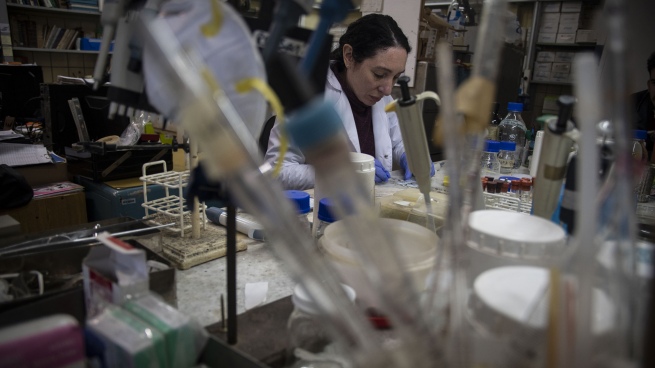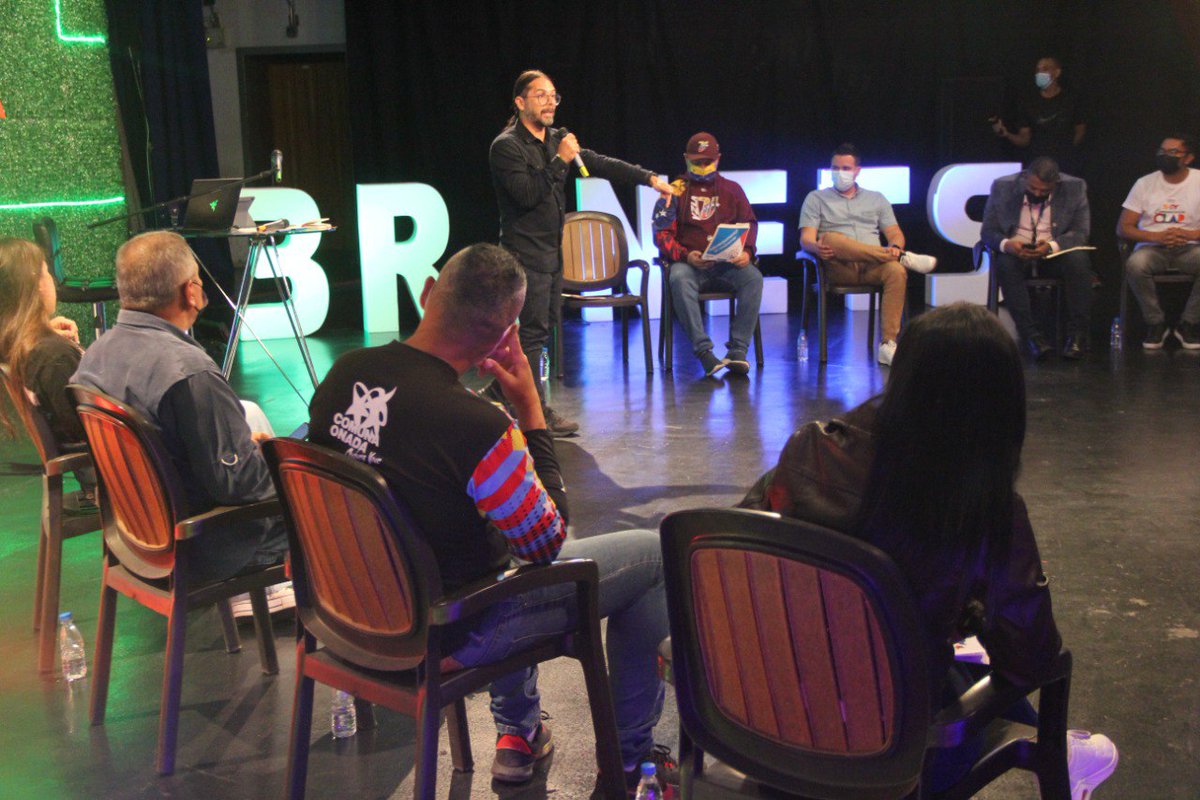A total of eight types of antivenoms for accidents with poisonous snakes and spiders, one of which is unique in the world, are produced by the National Institute of Biological Products (lNPB) of the National Administration of Health Laboratories and Institutes (ANLIS). Dr. Carlos Malbrán, whose director, Christian Dokmetjianhighlighted the “pride” of being able to count on this “essential” national development with a view to export in the region.
In America there are few countries that produce these antivenoms, which are the only effective treatment for bites from poisonous animals. of sanitary importance, which can be lethal if not reacted in time.
Argentina is one of them and the INPB became “the largest producer in quantity and variety of antivenoms in the country,” said the director of this public body, which has been working on this matter since its creation in 1916.
They currently produce eight types, of which four are for the large and small jararaca snakes, the jararaca and jararacusú, the coral and the rattlesnake; and four are for the arachnidsamong them the scorpions, the brown spider, the black widow and the banana spider.
The antivenom for the latter, produced by the INPB since 2017, is the only specific product for this poisoning that is made in the world, while in Brazil only a multipurpose version is produced.
In dialogue with Télam, Dokmetjian explained that the production of antivenoms is “a very complex process that involves multiple professionals from various disciplines and that requires sophisticated and expensive laboratories to maintain”.
“Thanks to the efforts of the State, at INPB we produce around 40,000 bottles per year, which gives us the capacity to cover central hospitals in all provinces,” he added.
In Argentina, around 10,000 accidents with poisonous animals are recorded per year, of which between 70 and 75% are due to poisonous scorpions, which are distributed throughout the center and north of the country and live in cities.
Of that total, Between 6 and 8 deaths are recorded annually, and children represent the most vulnerable age group.
“All the species we work with can cause death because the poison is very powerful and acts very quickly, within a few hours and up to two days, so if you don’t go to a health center quickly, then it may be too late.” , especially for neurotoxic poisons, such as black widow and banana, rattlesnake and coral,” Dokmetjian explained.
The Malbrán, a national pride. (Photos: Camila Godoy)
The director highlighted the importance “of a public institution like this, which has the entire production chain and professionals trained for decades.” And he emphasized that in the last two years “we received 20 times more than the budget that we had been receiving, which had been meager”, from which it was possible to update machinery and allowed “to think of a standard to export in the region, which is missing”.
In the past week, The INPB donated and sent “urgently” doses of loxosceltic antivenom to El Salvador for the treatment of a spider bite accident in a 6-year-old boyto which they were able to save his life after an excellent and coordinated work so that it arrived on time”.
“Within the 47,000 types of spiders that exist, only four groups are the ones that can kill a person. One is in Australia and the other three are the banana, brown, and black widow spiders. Here we have all three and produce their antivenoms,” explained Adolfo De Roodt, scientist from the INPB Research and Development Area and professor of Toxicology at the Faculty of Medicine of the University of Buenos Aires.
The starting point for production is the search for and capture of poisonous animals, many of which are very difficult to find, which complicates the production of antivenom since it requires large numbers of specimens.
“An interdisciplinary team of biologists, biochemists and veterinarians go out several times a year to different regions of the country to capture poisonous animals, for which they receive a lot of training because it is a really high-risk job,” he said.
To capture arachnids, professionals work with tweezers and test tubes, and for snakes they use hooks, boots and gloves.
Once at the INPB headquarters, the animals are fed and raised in the arachnaria and serpentarium, respectively, to later extract their venom, either by extracting their glands or by electrical stimulation, which makes the animal angry and discharge the venom. , what they call “milking”.
“Then we analyze the poisons, each one is very particular, we define the characteristics and prepare the immunogen for equines, in an amount that is not lethal for the horse,” said De Roodt.
And continued: “Once the horse has a sufficient amount of antibodies, the plasma is extracted into 10-liter bags. and brings it here to start the process.
In a plant that has different laboratories in which even the doors, walls and floors are specific for sterilization, the material goes through different machines that process it until it reaches the specific component capable of generating allergies in humans.
“Once that immunological part remains that neutralizes the poison for which it was prepared, it is concentrated, filtered and packaged sterile,” the professionals explained about this process, which “has a very strict quality control because It is a biological and injectable product, it is one of the most difficult to make”.
Due to poisonous animal attacks, between 6 and 8 deaths are recorded annually; and boys and girls represent the most vulnerable age group.
In addition to this “traditional” procedure with animals, the researcher announced that they are advancing in lines of research to generate recombinant poisons, that is, artificial ones.
“With funding from the National Ministry of Science, we are testing them and it seems that we have good answers. Achieving this would be another story,” said Dokmetjian.








